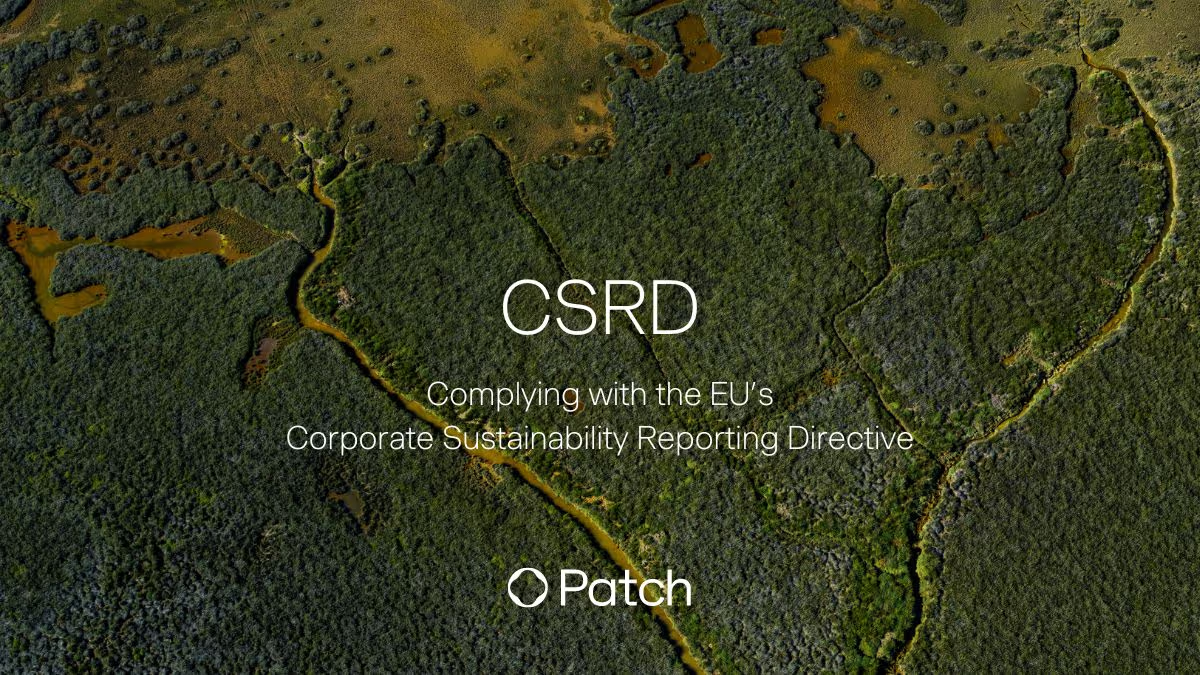Update: ICVCM has released its category-level Core Carbon Principles. Click here to read our experts' take on the new framework.
The Integrity Council for the Voluntary Carbon Market (ICVCM) released its Core Carbon Principles (CCP), Assessment Framework and Assessment Procedure today.
Following the draft version of the CCPs last summer, today’s release constitutes part one of the framework (program-level), while part two (category-level) is now set to be released in Q2.
The CCPs promised to offer clear, easily understood guidance for market actors on what high-integrity carbon credits look like. As it stands, many of those definitions remain unresolved. Likewise, we expected the ICVCM to deliver actionable principles that enable the market to collectively move in a unified direction. The document released today isn’t actionable — yet.
Why the Core Carbon Principles are important
As of today, there is no single, global framework upon which all actors collectively agree to guide their interactions with the voluntary carbon market (VCM). The currently unregulated VCM therefore relies heavily on standard-setting bodies like the ICVCM and others to develop the frameworks that buyers and suppliers both need to ensure the integrity of the credits being bought and sold.
However, with no universal standard, buyers are left to pick and choose between competing frameworks, perceiving a number of risks that often delay or preclude them from investing. They’re understandably confused, and sometimes paralyzed.
Likewise, suppliers have an urgent job ahead of them: scale up their solutions — fast. We know we’ll need 5-16 gigatonnes of carbon removal by 2050, and the projects that will deliver it rely on the VCM for the funding they need to get to gigatonne scale.
The CCPs were expected to offer that standard, but the release of the Program-level Assessment Framework alone is more of an incremental step that summarizes common good practices in the market today and does little to cut through the noise of multiple competing standards.
What we need is a bold articulation of where the market should be going with clear lines in the sand, and we can’t afford to wait even one or two years for that to emerge.
Patch takeaways from the Core Carbon Principles
- A solid blueprint: As they’re written, the CCPs have promise. The document itself is digestible and easier to navigate than the often dense and overly academic credit standard documentation.
- The beginning of alignment across standards: There’s movement towards aligning with other existing international standards, which is absolutely essential. For example, the CCPs are solidly aligned to CORSIA (Carbon Offsetting and Reduction Scheme for International Aviation) a global carbon offsetting program developed by the UN’s International Civil Aviation Organization (ICAO), throughout the document.
On that same note, the ICVCM indicates that its work will be complementary to the Voluntary Carbon Markets Integrity Initiative (VCMI)’s claims code of practice. Furthermore, ICVCM will co-lead a joint work program with VCMI on Article 6 of the Paris Agreement to study and address double counting. As we approach COP28 and the Global Stocktake on progress toward nationally determined contributions (NDCs), this topic is critical to get right.
- Clear guidelines on validation and verification: The CCPs set out clear guidelines for third-party validation and verification of carbon crediting programs. Under the CCPs, Validation and Verification Bodies (VVBs) will require accreditation according to an international standard, and must undergo systematic review processes to ensure performance.
- Critical details remain undefined: In addition to the “categories of carbon credits” section pending until Q2, the program assessment portion released today still has major gaps.
Ex-ante credits (credits which are issued prior to a project being implemented) are not CCP eligible. The inclusion of this wording may end up restricting the growth of the novel technologies within the carbon removal market which is concerning given how fast we need to unlock funding to scale these innovative long-lived carbon storage solutions.
The document does not address best baselining practices, which underlie much of the controversy currently surrounding REDD+ credits.
And a primary question, criteria for an actual year-based threshold for permanence, is left undefined.
The core carbon problem remains: we’re missing a unified roadmap
Overall, despite some restrictions (like ex-ante credits), the CCPs won’t exclude much of what’s already in existence in the VCM today. As it stands, the Program-level Assessment Framework is essentially a summary of how carbon crediting projects are created, measured, monitored, and governed by existing standards bodies.
Ultimately, the core carbon problem is market confusion for both supply and demand sides of the market. What the VCM needs right now are clear lines in the sand to catapult this market into the future. We have a strong indication from our conversations with corporate sustainability leaders that significant capital is being left on the sidelines because of confusion around what constitutes a high-integrity carbon credit and related acceptable sustainability claims. A unified global understanding and set of frameworks for credit quality is required to unlock that capital, but it will take bold leadership, hard decisions on what’s in and what’s out, and a forward-focused vision.
We hope the forthcoming Category-level Assessment Framework will offer more direct steer and clarity around projects that are in or out. Until then, we see three possible pathways to solve the core carbon problem:
- A unified approach: Global standard-setting bodies — from carbon credit certifiers like Verra, Gold Standard, CAR, ACR, and Puro.earth to the United Nations — come together to collaborate and align on a unified approach to carbon credit standards and establish lanes that don’t overlap. The signs of collaboration between ICVCM, VCMI, and CORSIA are encouraging — we’ll need that and much more.
- A new standard-setting body: The United Nations, a private foundation, or a collective of government entities could step in and provide a single source of truth for both supply and demand sides of the market. Given the already-crowded space, it’s unclear whether this pathway would bring clarity to or further obfuscate an already confusing global conversation.
- Technology-enabled transparency: Technology can step in to help synthesize the varying standards into a sort of Venn diagram of common ground and produce an easy to follow, actionable roadmap. Software has the ability to help simplify and condense various frameworks for individual companies, plus demonstrate the differences and tradeoffs that come with each.
Time really is of the essence. Buyers waiting until Q3 or beyond could put that capital to use today. Six months makes a huge difference when each tenth of a degree is worth fighting for. Let’s hope part two of ICVCM’s Core Carbon Principles takes the bold steps required.








